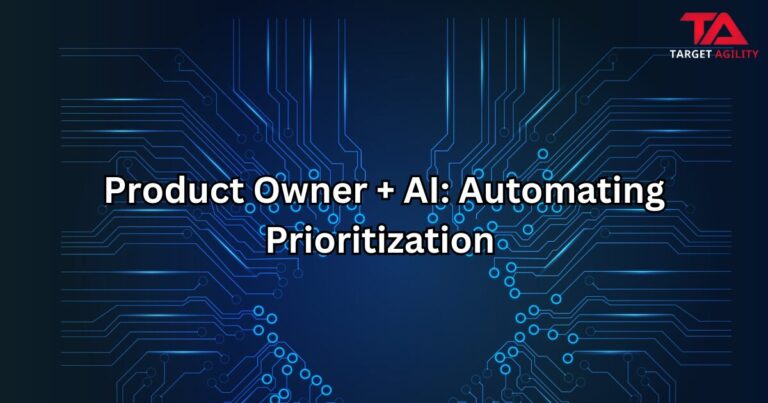Over-The-Top (OTT) platforms like Netflix, Amazon Prime, and Disney+ have changed how we watch TV shows and movies. To keep their users happy, they need to keep up with changes in technology and what viewers want. One of the best ways to do this is by using Agile methods. Agile is an approach that helps teams work faster, be flexible, and make improvements quickly.
What is Agile?
Agile is a way of working that focuses on breaking big tasks into smaller, manageable parts. Teams work on these small parts in short time periods called “sprints.” After each sprint, they review their work and make changes if needed. Agile allows teams to adapt to changes quickly and improve their work continuously.
For OTT platforms, this means they can respond to feedback, try new ideas, and improve the user experience regularly.
How Agile Helps OTT Platforms Improve User Experience
- Faster Updates and New Features
OTT platforms have to keep adding new features to stay competitive. Whether it’s improving the way users find content or fixing bugs, platforms need to work quickly. Agile allows teams to release updates in small steps, so users get new features more frequently.
For example, Netflix might update how it recommends shows to users or make the interface easier to use. With Agile, they can test these changes quickly, get feedback, and make improvements without waiting too long.
- Focus on User Needs
Agile encourages platforms to involve users in the development process. Instead of making big changes all at once, they can introduce small updates based on real user feedback.
OTT platforms often test new features with a small group of users first. They gather feedback, make improvements, and roll out the changes to everyone. This way, they ensure that new updates are based on what users actually need, making the experience more personalized and user-friendly.
- Better Personalization with Data
OTT platforms use data to personalize what you see. Agile helps them experiment with how they recommend shows and movies to users. Teams can gather data, test different approaches, and see which one works best.
For instance, Netflix can analyze viewing habits and adjust its recommendation system using Agile methods. This way, it continuously improves how well the platform matches users with content they’ll enjoy.
- Team Collaboration
Agile encourages collaboration between different teams, such as designers, developers, and marketing. Each team brings its expertise to the table, ensuring that all aspects of the platform are covered.
For example, one team might focus on improving video quality, while another works on the user interface. Agile practices help them stay connected and adjust their priorities as needed, so every part of the platform works together smoothly.
- Flexibility for Growth
As OTT platforms expand to new regions or introduce new devices, they need to adapt quickly. Agile provides the flexibility to make these adjustments without disrupting the overall workflow. Teams can shift their focus based on new challenges, such as launching in a new country or supporting a new device.
This flexibility ensures that OTT platforms can grow and evolve while still delivering a great user experience.
Conclusion
Agile methods help OTT platforms like Netflix and Amazon Prime stay on top by allowing them to make frequent improvements, respond to feedback, and stay flexible. By using Agile, these platforms can quickly add new features, improve personalization, and ensure that their service is always meeting user needs. This helps them provide a better, more enjoyable experience for their users, keeping them ahead in a competitive market.












